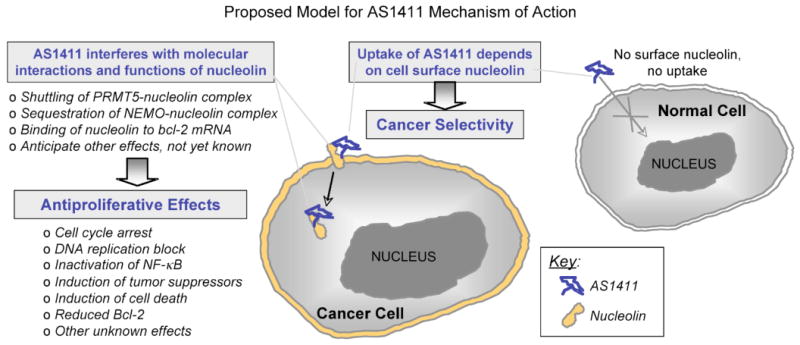Figure 5. Proposed Model for AS1411 Mechanism of Action.

We propose that the cellular uptake of AS1411 is dependent upon cell surface nucleolin. Because cancer cells have high levels of surface nucleolin compared to normal cells, this would explain the preferential uptake and activity of AS1411 in malignant cells. We also propose that AS1411 causes pleiotropic antiproliferative effects because it interferes with some of the normal functions of nucleolin, which plays a role in many cancer-associated pathways. Some of the nucleolin complexes that are affected by AS1411 have already been identified, including those with PRMT5, NEMO and Bcl-2 mRNA (see text for details).
